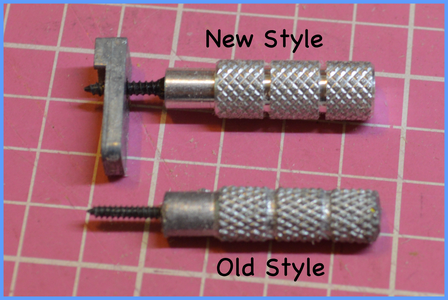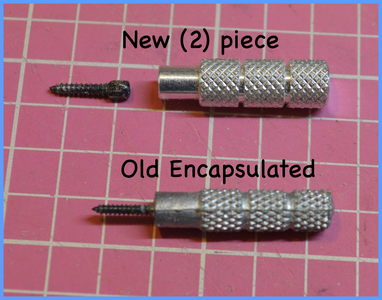Been using this clamp for years and recently added 'New ones' to my inventory and have had several that have come apart. The old style had the screw part fully encapsulated in the aluminum handle. The new style has the screw splined and pressed into the handle.
Just curious if anyone else has experienced this.


Just curious if anyone else has experienced this.








